FT Executive MBA Ranking 2016

Roula Khalaf, Editor of the FT, selects her favourite stories in this weekly newsletter.
The joint Sino-American programme delivered by the Hong Kong University of Science and Technology and Kellogg School of Management has returned to the top of the Financial Times ranking of the best 100 executive MBAs.
Kellogg/HKUST dominated this ranking from 2009 to 2014 but lost out to Trium in 2014 and to Tsinghua University/Insead in 2015.
While Insead’s joint programme dropped back into second place, its single-school programme moved up three places to fourth, a place it last occupied in 2011. It is the first time in five years that a single programme broke into the top five, so strong was the hold of the main five global EMBAs.
This is the 16th edition of the FT global executive MBA ranking. The ranking rates the best 100 programmes worldwide for working senior executives. It is based on a survey of business schools and another of their alumni who graduated in 2013. The data measure how successful alumni have been in their career in terms of salary, seniority and achievements since graduating.
The strength of Kellogg/HKUST is the quality of its participants. Not only does its small cohort of about 50 allow the school to select highly experienced participants, it also creates a strong bond between them. “The students were very experienced,” commented one graduate. “Networking and interaction among everyone involved were key aspects of this programme.”
Its alumni enjoyed by far the greatest financial rewards, with an average salary of $469,000 three years after graduation. “The programme has enabled me to take a quantum leap in my career and prepared me to take on a strategic C-level [chief-level] role right after graduation,” said another alumnus.
It is the first time that EMBA-Global, the joint programme delivered by London Business School and Columbia Business School, has dropped out of the top five. The programme entered the ranking in second place in 2006 and was ranked top in 2008. However, this year it is ranked in eighth place. EMBA-Global is the only programme in the top 10 that saw a slight drop in the average salary of its alumni compared with last year (the other nine recorded strong increases).
Haub School of Business at Saint Joseph’s University in Pennsylvania is the only school ranked for the first time, in 98th place. Seven schools made it back into the top 100 after having missed out in the past year or two. The highest ranked of these is Fudan University School of Management in Shanghai at 40, down eight places on its previous rank in 2014.
Female and male participants typically have similar profiles at the start of their EMBA. At 36, women are about two years younger than men but senior positions are fairly well distributed between genders, with only slightly more women in relatively junior positions — 26 per cent of them are professionals compared with 24 per cent of men. Fewer women than men have worked abroad for at least six months (42 per cent and 52 per cent respectively) but they share exactly the same motivations — to develop management skills, build their network and increase their earnings.
However, before starting their EMBAs, there is already a wide gap in salaries, with women earning on average 15 per cent less than men, at $111,000 and $128,000 respectively.
Men and women rated the strengths of their programme equally. However, significantly fewer women (59 per cent) occupy positions as department heads or above than men (68 per cent) three years after graduation.
The pay gap has increased to 17 per cent, with women on an average of $170,000 compared with nearly $200,000 for men.
Executive MBA programme profiles
Top programme: Kellogg/HKUST
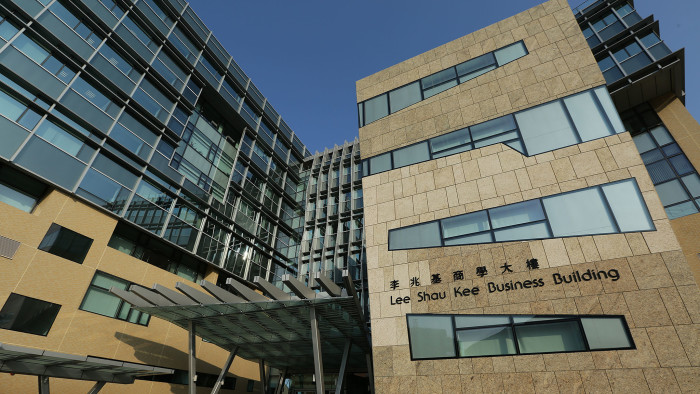
The joint EMBA programme delivered by Kellogg School of Management and the Hong Kong University of Science and Technology has returned to the top spot in the ranking after being beaten by two other joint programmes in 2014 and 2015 — Trium and Insead/Tsinghua University respectively. The Kellogg/HKUST EMBA was ranked top five years in a row from 2009 to 2014. The programme is aimed at very senior executives. It is ranked fourth for work experience and its alumni have the highest salary on average three years after graduation at nearly $470,000, a 55 per cent increase compared with their pre-EMBA salaries.
Top for career progress: ESMT Berlin
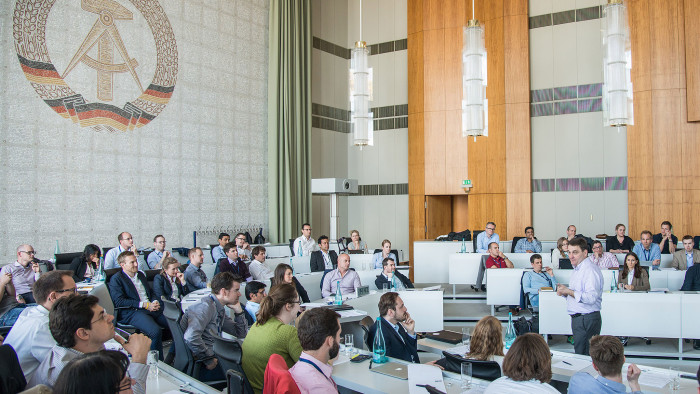
The Berlin school has been consistently placed first for career progress since it entered the EMBA ranking in 2012. The management school relies on an extensive corporate network. Some 40 per cent of ESMT Berlin graduates work in large manufacturing companies, significantly more than the 18 per cent average for their peers at other ranked schools. However, only a handful work in finance and banking compared with the average, again of 18 per cent. Overall, the school dropped four places to 34th.
Top 10: Antai
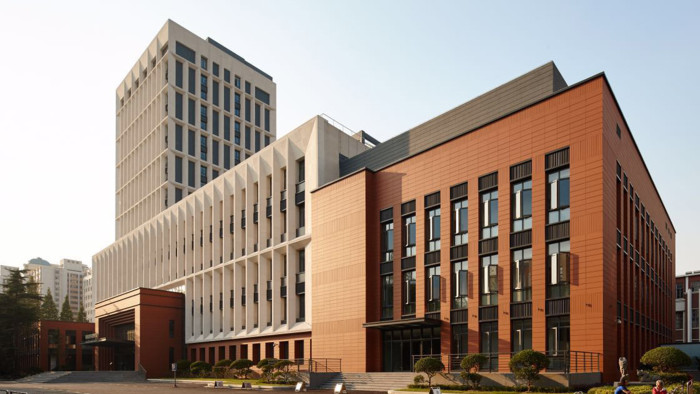
Antai College of Economics and Management in Shanghai was one of the first business schools in China to offer an EMBA degree. The school entered the ranking in 2013 in 32nd place and its programme has reached seventh this year. Antai’s alumni tend to work in smaller companies than graduates from other schools. Only 17 per cent work in a company with more than 5,000 employees, compared with half of alumni across all ranked schools. Nonetheless, Antai EMBA graduates earn among the highest salaries three years after graduation at more than $305,000, adjusted for purchasing power parity.
Top Latin American school: Incae
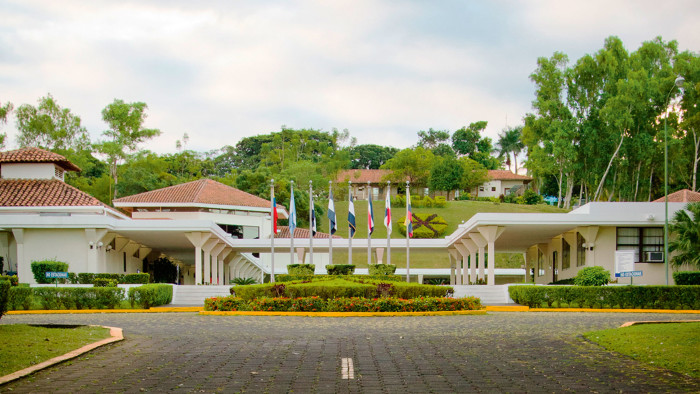
Incae’s EMBA is based principally on its campus of Monte Fresco in Nicaragua, but also includes field trips to its other campus at Alajuela in Costa Rica. The school is ranked 52nd, a large rise from its 91st place in 2013. It was not ranked in the past two years due to an insufficient response rate from its alumni. The programme has a strong international element thanks to partnerships with Esade in Spain, Babson College in the US and Cheung Kong Graduate School of Business in China. Overall, its EMBA is ranked 11th for international course experience.
Highest riser: Grenoble
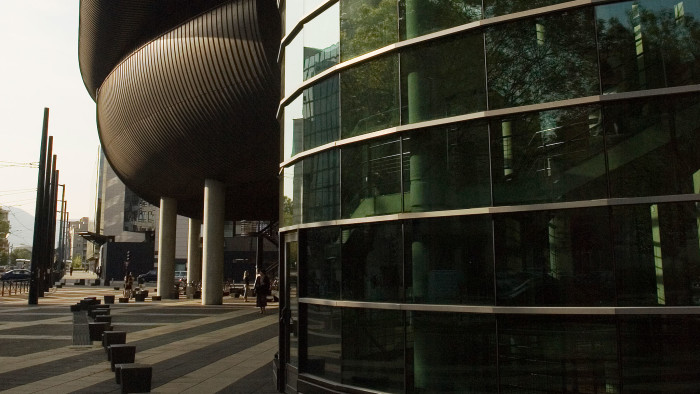
The EMBA offered by the French school is held on its two overseas campuses in Georgia and Russia. The school achieved the highest progression in this year’s ranking, climbing 20 places to 67. This is despite its alumni having the lowest average salary at $114,589. Nonetheless, this is a 7 per cent increase compared with last year. Its alumni also had a salary increase of 72 per cent compared with their pre-EMBA salaries, 11 percentage points better than last year. Also in the school’s favour is the fact that it has one of the most gender-balanced student and faculty bodies.
Most female faculty: Henley
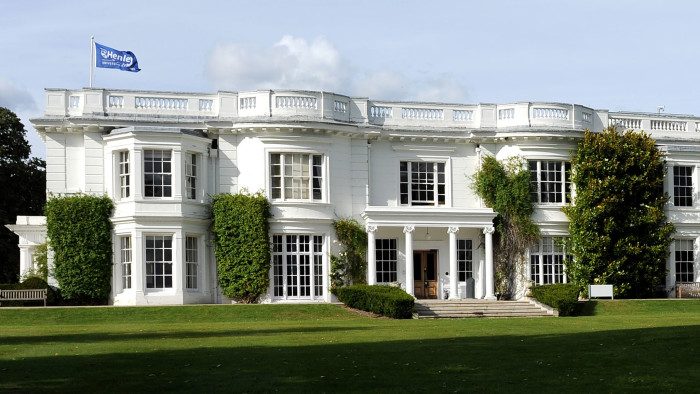
Henley Business School, on the banks of the River Thames west of London, has moved up two places to 47. It is the school’s best performance since it was ranked in 44th place in 2009. Female students account for 30 per cent of participants on its EMBA, matching the average for all ranked schools. However, it has the most gender-balanced faculty body with 47 per cent women. This compares to the average of 28 per cent. The faculty were highly rated by the alumni. “[They] were always approachable and highly supportive during difficult times,” one graduate commented.

Comments